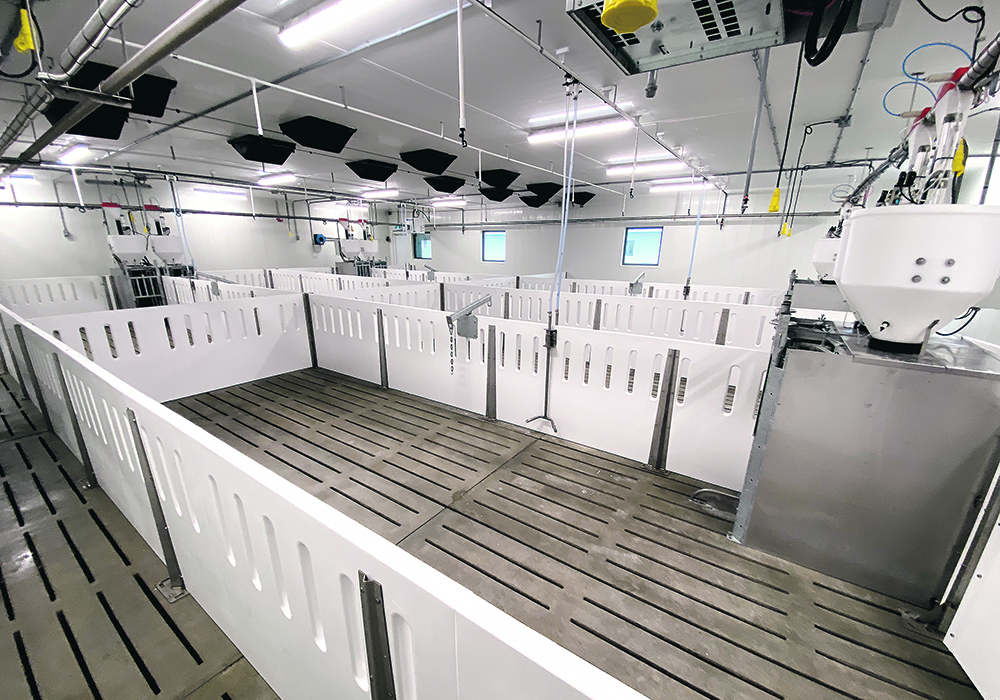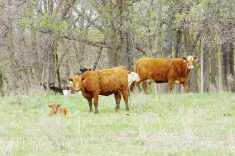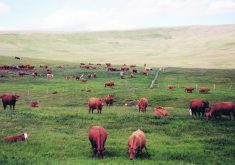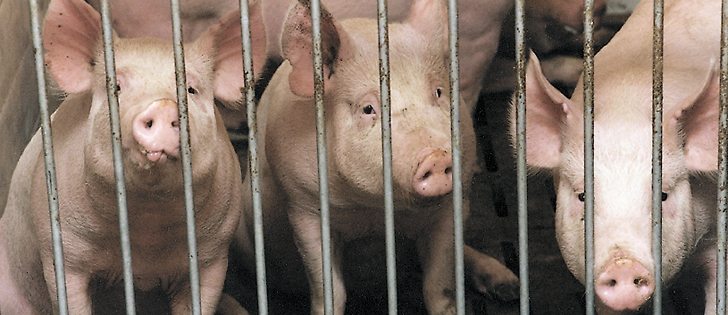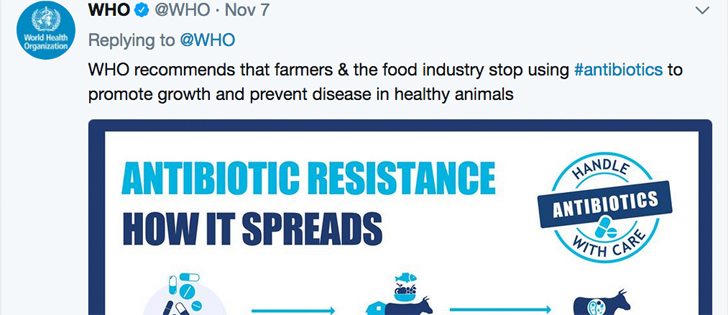Glacier FarmMedia – Hog production companies that avoid antibiotic use can employ other management strategies to protect their animals.
On-farm protocols used by two “no antibiotics ever” pork brands in the United States include genetics, extended pre-weaning days and unconventional feed schedules.
Jim Magolski, senior director of hog quality and protocols for Niman Ranch and Coleman Natural Pork — both owned by Perdue Farms — was a co-presenter on antibiotic alternatives during the recent London Swine Conference.
Magolski said farmers he works with don’t seek to replace an additive with a different additive. Instead, numerous husbandry, genetic and dietary factors go into what he called “a full-system approach to give the animal everything it needs to be successful every day.”
Read Also

VIDEO: Ag in Motion documentary launches second season
The second season of the the Western Producer’s documentary series about Ag in Motion launched Oct. 8.
Magolski said pigs on farms that supply Niman Ranch or Coleman Natural sometimes receive antibiotics if the health situation requires treatment. Those pigs are removed from the no-antibiotics-ever value stream in keeping with protocols. They also have a strong vaccination program.
“Antibiotics are non-selective, so the good bacteria go with them,” he said, in explaining his justification for antibiotic-free as a strategy.
When he observes the conventional hog industry, in which approximately 30 per cent of piglets born don’t make it to market, it makes him wonder.
“How did we get here? … Sometimes we’ve got to pull the curtain back and look at how we’re doing things.”
Some conventional hog farmers strive for 18-day weaning, but Niman Ranch requires a 28-day weaning minimum with a bedded environment through all stages of life. Coleman Natural requires a 21-day weaning minimum.
Magolski asked for a show of hands on how many times feed formulations are changed in a typical pig’s lifetime. Many in the room said five or six. A U.S. visitor said some farms in his country use as many as eight.
Reformulations are often done to use low-cost ingredients rather than serve the pigs’ diets. Either way, said Magolski, conventional feed formulation strategies are geared toward thriving pigs, not those at the lower end, with a goal to get pigs to market as quickly as possible.
Unfortunately, this leaves a lot of piglets behind and contributes, at least in part, to what he sees as an unacceptable mortality rate.
The goal of his on-farm protocol team is to get pigs to market without using antibiotics. They typically offer four different feed formulations between weaning and finishing and try to match those with what’s happening in the barn as a whole, not just with the highest-performing pigs.
Another important strategy for the antibiotic-free brands is genetics.
“The Duroc pig of the ‘60s is very different from the Duroc pig of the 2000s,” Magolski said. That decade-by-decade transformation has not contributed to pigs’ disease resistance or their ability to thrive in the housing now promoted by consumer advocacy groups.
He says he is often asked about pig behaviour and aggression in group housing, and credits selective breeding for reducing those concerns.
“We made some genetic changes about 10 years ago and it was a game-changer” in reducing aggressive behaviour under group-housing management.
Space allowances are “our top priority,” said Magolski. Coleman Natural requires 10 sq. feet per pig and Niman Ranch requires 14 sq. feet per pig at the late finishing stage.
University of Manitoba’s Dr. Martin Nyachoti said at the seminar that the removal of regulatory approval for some in-feed antimicrobial agents meant to control post-weaning diarrhea has required adaptation.
Vaccines are crucial in any swine health program. But on top of vaccination, other additives that have been touted for their ability to enhance the disease resistance of pigs are probiotics, prebiotics, organic acids, essential oils, amino acids, enzymes and medicinal plants.
“Many of these technologies do have something to offer,” Nyachoti said. “There’s (also) a lot of interest into whether or not we can use some of these products in concert,” he added, because they all have different modes of action – as antimicrobials, anti-inflammatories, anti-oxidants or some combination thereof.
Probiotics are common in human health. And there has now been sufficient research to indicate they can also be beneficial in swine. They work by competing against the harmful gut bacteria for food and resources, by actively suppressing the harmful bacteria, or by changing the gut pH level to make it less favourable for the harmful bacteria to thrive.
Prebiotics are added to the feed to promote the growth within the gut of beneficial bacteria. They can also provide an alternative site for the attachment of harmful bacteria, after which this is flushed out of the gut. Many prebiotics are a type of fibre – again giving strength to the idea that more fibre in rations can enhance gut health.
Among the fibrous products that have shown promise in research projects for inclusion in swine diets are wheat bran, araceae roots and citrus fibre.
Knowledge is also building about functional amino acids, some of which have been shown to improve the immune status of pigs.



